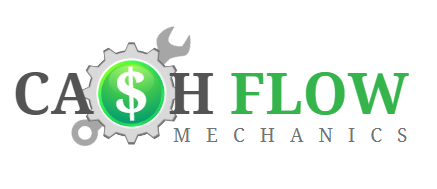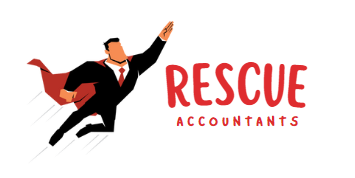 During these
During these
difficult economic times, with massive layoffs and high
unemployment rates, many taxpayers will find it difficult to pay
their taxes. To help, the IRS has implemented some payment options
to assist struggling taxpayers in settling their tax liability. The
purpose is to help individuals and small businesses fulfill their
tax obligations without adding a financial burden to their already
strapped bottom line.
Below are ten tips from the IRS to help taxpayers pay their tax
debt:
- Tax Bill Payments – If you get a bill this summer for late
taxes, you are expected to promptly pay the tax owed, including any
penalties and interest. If you are unable to pay the amount due, it
is often in your best interest to get a loan to pay the bill in
full, rather than to make installment payments to the IRS. - Additional Time to Pay – Based on your circumstances, you may
be granted a short additional time to pay your tax bill. A brief
additional amount of time to pay can be requested through the
Online Payment Agreement application at www.irs.gov or by
calling 800-829-1040. - Credit Card Payments – You can pay your bill with
a credit card. The interest rate on a credit card may be lower than
the combination of interest and penalties imposed by the Internal
Revenue Code. To pay by credit card, contact one of the following
processing companies: Link2Gov at 888-PAY-1040 (or www.pay1040.com), RBS WorldPay, Inc. at
888-9PAY-TAX (or www.payUSAtax.com), or Official Payments
Corporation at 888-UPAY-TAX (or www.officialpayments.com/fed). - Electronic Funds Transfer – You can also pay your balance by
electronic fund transfer, check, money order, cashier’s check or
cash. To pay using electronic funds transfer, you can use the
Electronic Federal Tax Payment System – call 800-555-4477 or go
online at www.eftps.gov. - Installment Agreement – You may request an installment
agreement if you cannot pay the liability in full. This is an
agreement between you and the IRS to pay the amount due in monthly
installment payments. You must first file all required returns and
be current with any estimated tax payments. - Online Payment Agreement – If you owe $25,000 or less in
combined tax, penalties, and interest, you can request an
installment agreement using the Online Payment Agreement
application at www.irs.gov. - Form 9465 – You can complete and mail an IRS
Form 9465, Installment Agreement Request, along with your bill
in the envelope you received from the IRS. The IRS will
inform you (usually within 30 days) whether your request is
approved, denied, or if additional information is needed. - Collection Information Statement – You may still qualify for an
installment agreement if you owe more than $25,000, but you are
required to complete a Form 433F, Collection Information Statement,
before the IRS will consider an installment agreement. - User Fees – If an installment agreement is approved, you’ll be
charged a one-time user fee. The fee for a new agreement is $105,
or $52 if payments are deducted directly from your bank
account. For eligible individuals with lower incomes, the fee can
be reduced to $43. - Check Withholding – Taxpayers who have a balance due may want
to consider changing their W-4, Employee’s Withholding Allowance
Certificate, with their employer. A withholding calculator at www.irs.gov can help
you determine the amount that should be withheld.
For more information about the Fresh Start initiative,
installment agreements, and other payment options visit www.irs.gov. IRS
publications 594, The IRS Collection Process, and 966, Electronic Choices to Pay All Your Federal
Taxes, also provide additional information regarding your payment
options. These publications and Form 9465 can be obtained from www.irs.gov or by
calling 800-TAX-FORM (800-829-3676).



